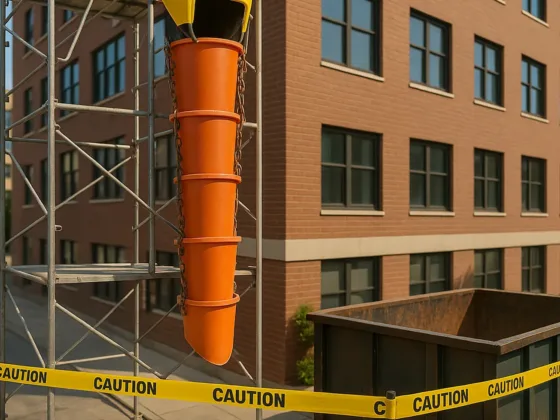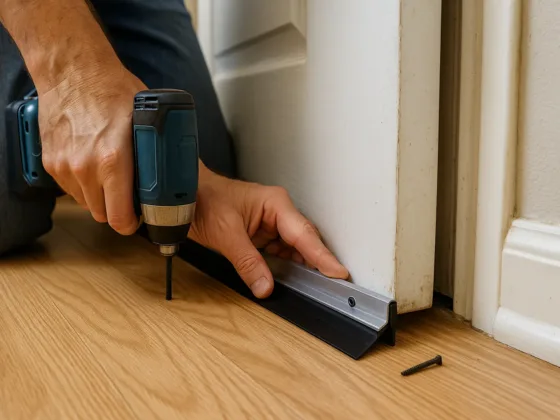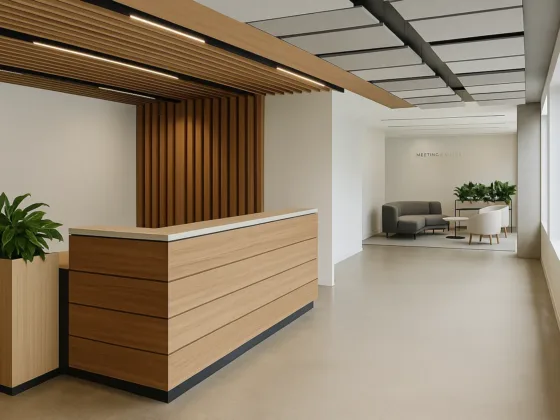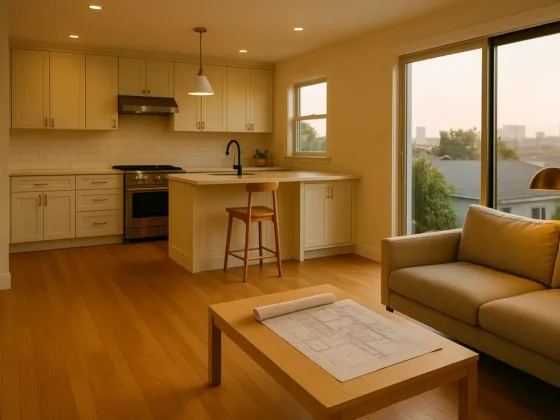Table of Contents Show
Nothing can ruin a day quite like discovering there is water in your basement. It seems to always happen at the most inopportune times too, like right before guests are coming over or when you’ve just done the laundry.
While it’s upsetting to find your basement flooded, having an understanding of why it happens can ease some of the stress. Here are seven common culprits that may be to blame for water sneaking into your basement.
1. Faulty Drainage System
One of the biggest culprits for basement flooding is poor drainage around the outside of your home. Every house needs a properly sloped yard to push rainwater away from the foundation.
Over time, soil and mulch can build up, altering grades and creating low spots where water collects next to your basement walls. Clogged gutters and downspouts also prevent rainfall from being directed away out of harm’s way.
Without good exterior drainage, it’s only a matter of time before water finds its way in. Check your gutters, downspouts, and yard slopes to ensure water isn’t pooling too close to the house. Some drainage issues may require professional assistance to be fully remedied.
2. Cracked Foundation
The foundation of your home sits below ground level and acts as the barrier protecting your basement from groundwater.
Over the years, cracks can form due to settling, frost heaves, soil issues, or other factors that compromise this protection. Even hairline fractures are large enough to permit groundwater seepage during rainy periods.
Properly sealing any cracks both inside and out of the basement is key to stopping infiltration at its source.
For severe cracks, you may need foundation repair assistance from an expert. Identifying cracks early allows for less extensive and lower-cost remedies.
Read Also:
3. Rising Water Table
In some areas, the level of the water table beneath your home naturally rises and falls with weather patterns and seasons.
When it’s higher due to increased rainfall, saturated soil surrounding your basement increases hydrostatic pressure on foundation walls. This can cause even small, pre-existing cracks to widen and allow seepage.
Unfortunately, there may be little that can be done when dealing with high water tables other than improved drainage and crack sealing to minimize intrusion. A sump pump provides helpful backup protection during rainy seasons as well.
4. Plugged or Missing Joints
Different sections of your basement walls and foundation are joined together with mortar or sealant. Over time, these vertical and horizontal joints can crack, become unsealed, or were never properly installed to begin with. Just like cracks, any unsealed joints allow groundwater to seep in under pressure.
Thoroughly inspecting your entire perimeter, and sealing any unprotected joints with waterproofing sealant or mortar is an important defense against leaks. Pay special attention to where floors meet walls too. Joints failing behind furnishings may go unnoticed otherwise.
5. Window Wells and Doors
Areas directly adjacent to your basement like window wells, basement doors, and access points are lower than the surrounding grade. This creates low spots where water can easily accumulate during heavy rain.
While necessary features, they require extra diligence. Ensure window wells have gravel bases and drainage holes below. Inspect doorway seals, pan flashings, and threshold integrity for any failures allowing water entry.
Sometimes simple solutions like extending downspouts, adding gravel, or re-caulking are all it takes to keep these areas dry.
6. Sump Pump Failure
If you have a sump pump installed in your basement, its proper function is critical for keeping interior water at bay.
A failed or obstructed sump pump means exterior groundwater has no automatic ejection from the pit, and the ever-present risk of backup and flooding is high. Test run your pump periodically and keep any floats, wires, and discharge lines clear of debris that can cause jams.
As mechanical devices, even new pumps can eventually fail, so backup battery backups and alarm systems provide security when primary power is disrupted. Knowing if and why your pump quit working allows for prompt repair to avoid costly water inundation issues.
With any of these issues, stay vigilant for subtle signs of trouble and address concerns promptly. Often backup measures like properly installed perimeter drain tile with sump pump backup, diligent external drainage maintenance, and regular inspection of waterproofing in Knoxville, TN can help minimize flooding risk overall.
And remember, an ounce of prevention and proper home maintenance is worth far more than endless cleanup and repairs afterward. Be preemptive whenever possible to keep water out of your basement in the first place!
7. Plumbing and Drain Leaks
Pipes that run through or adjacent to your basement walls have the potential to leak over time due to freezing, fittings failures, corrosion, or other issues. Slow, long-term plumbing leaks may go undetected for a while.
Be on the lookout for water stains around water lines, drain pipes, or floor drains after storms. While less common than exterior water intrusion, internal plumbing leaks should be addressed promptly.
Shutting supply valves and drying any afflicted areas helps prevent consequential flood damage. Routine checks of washers, seals, and non-insulated pipes may help proactively with catching small problems before a major flood occurs.










